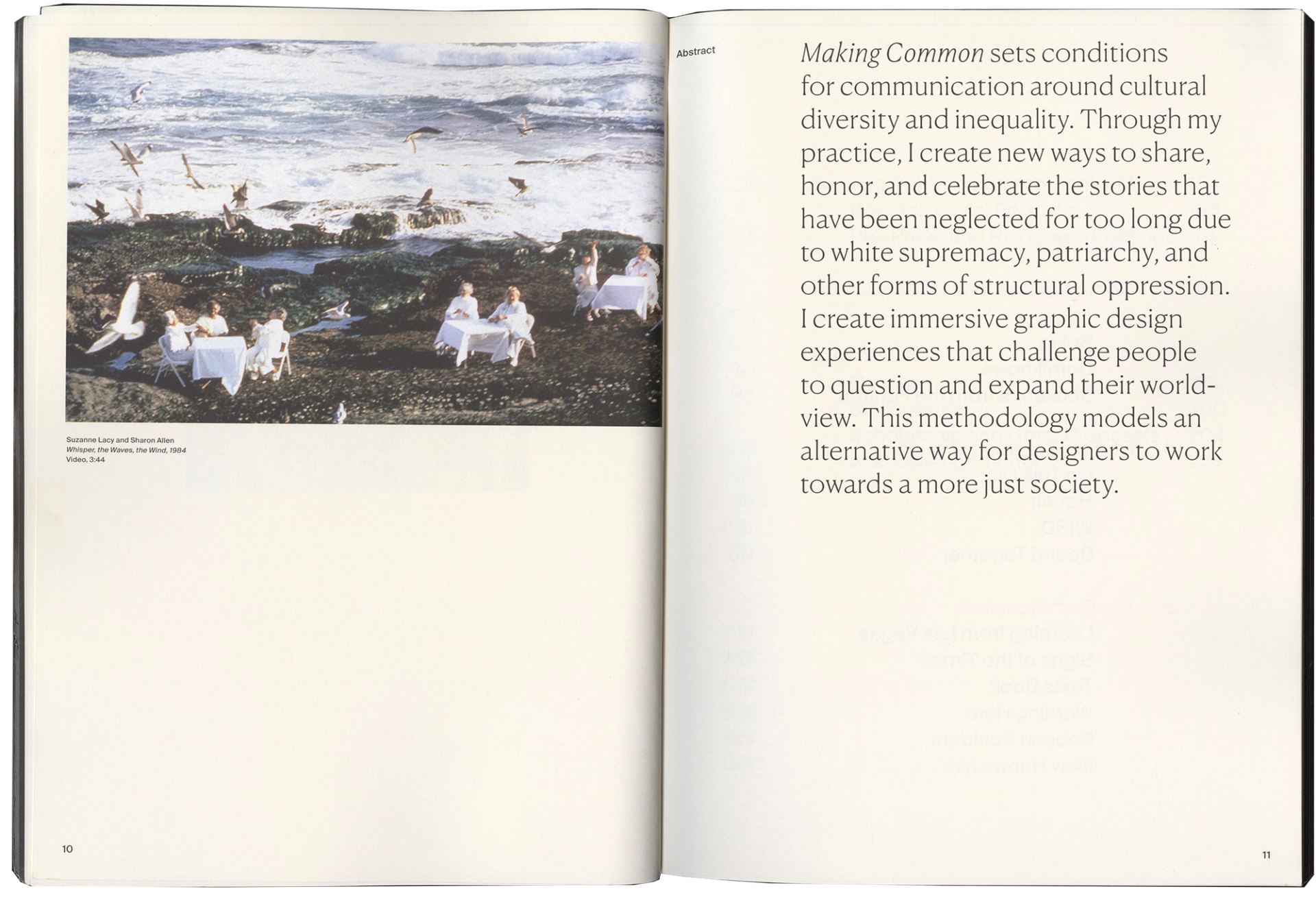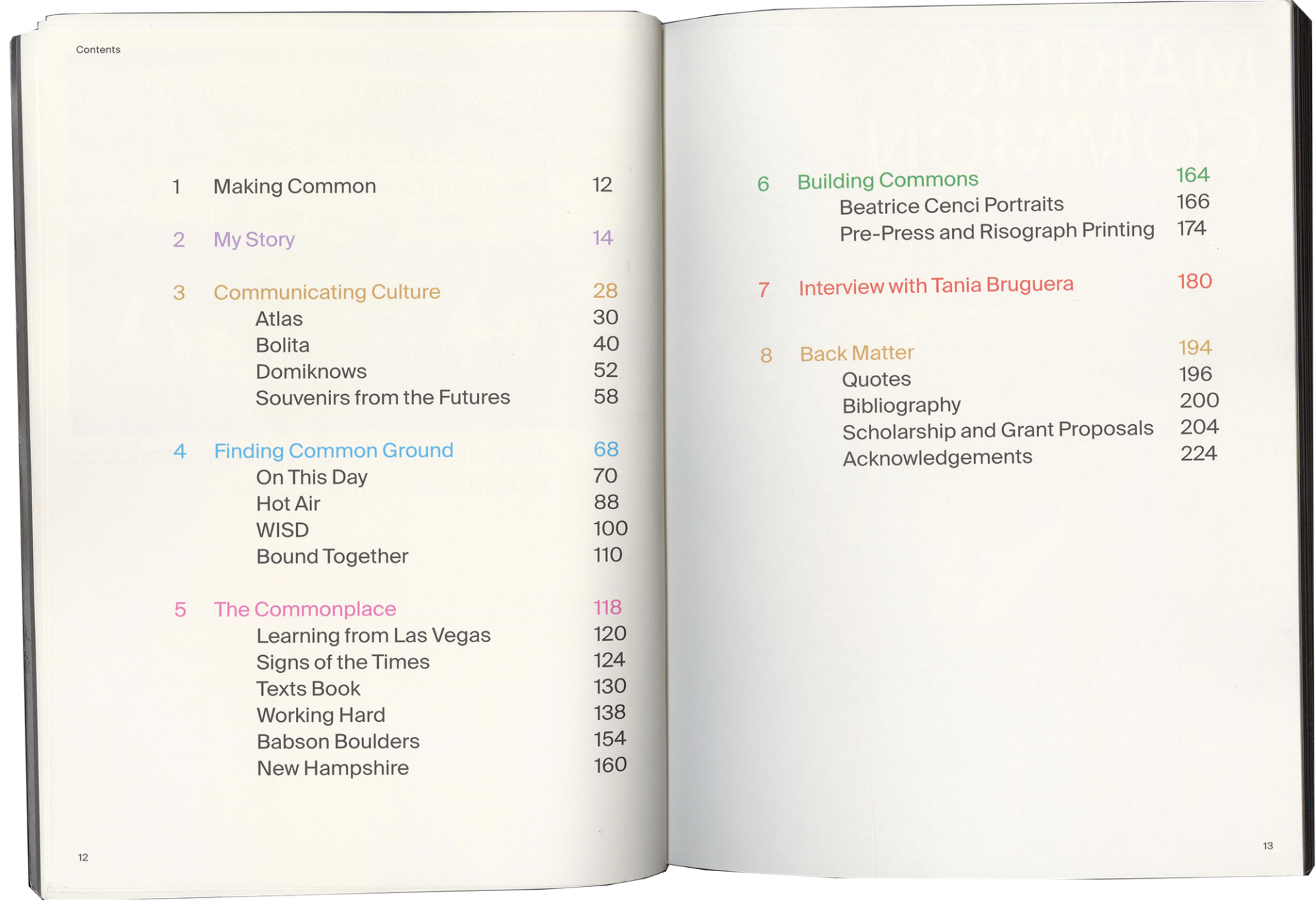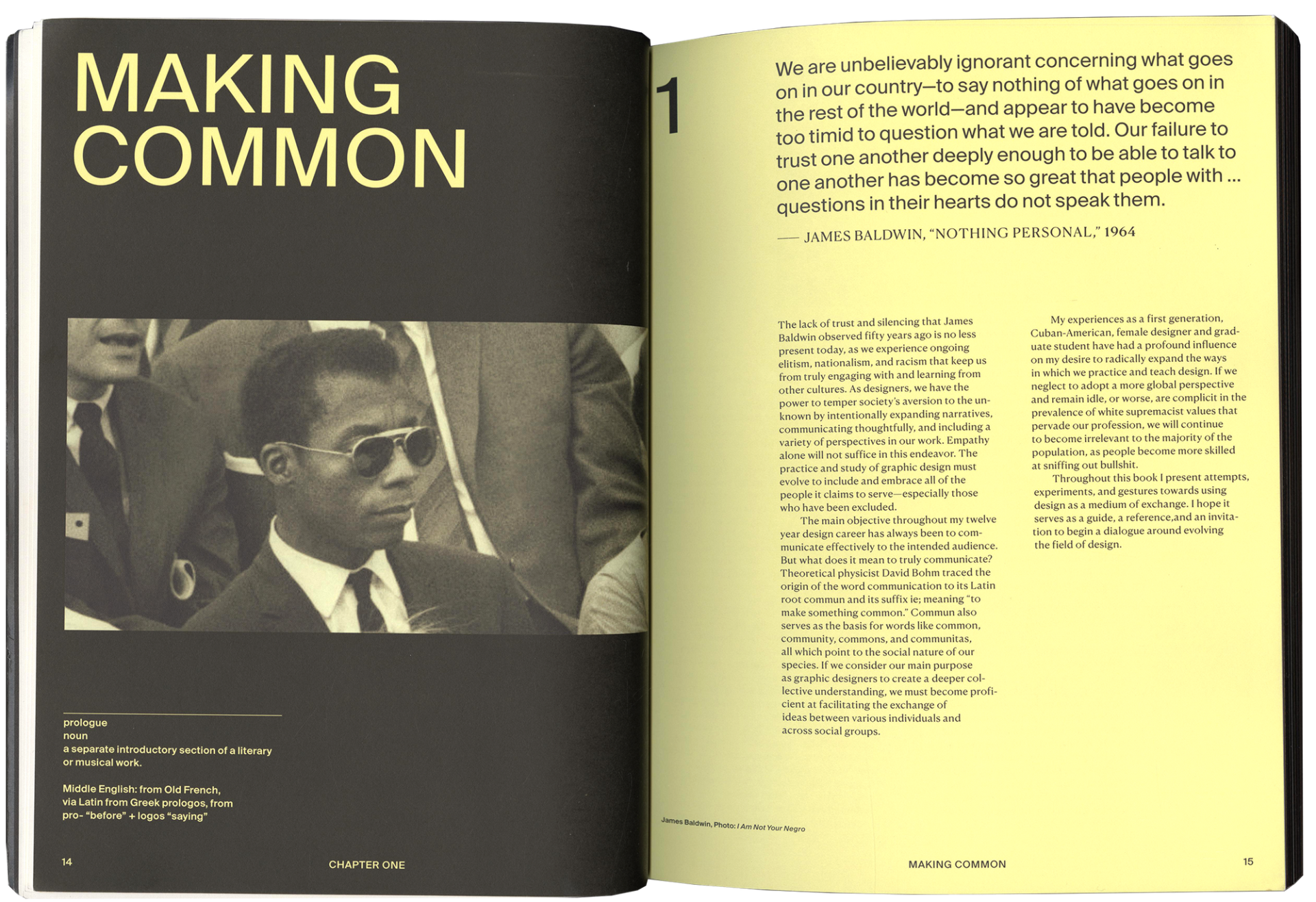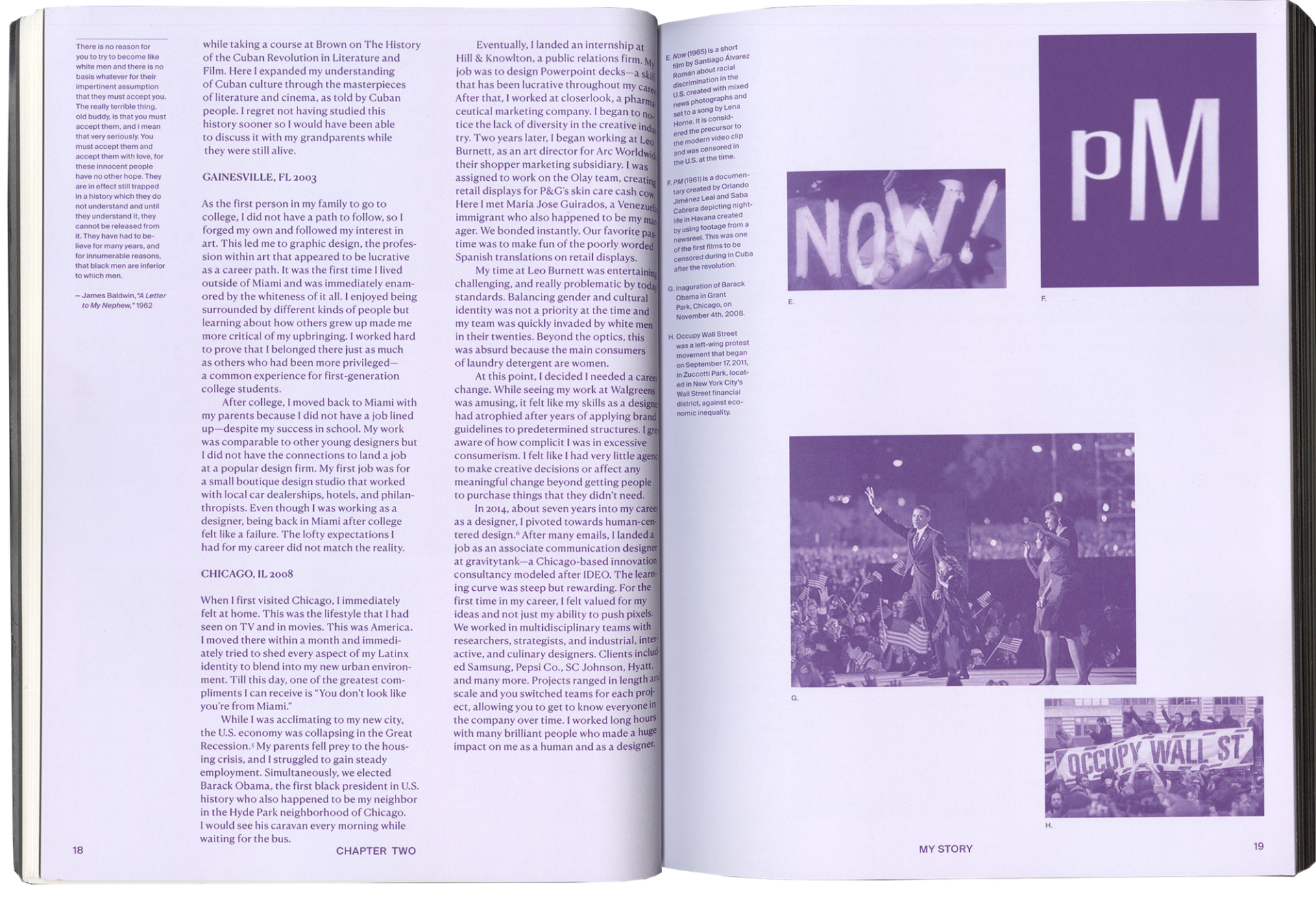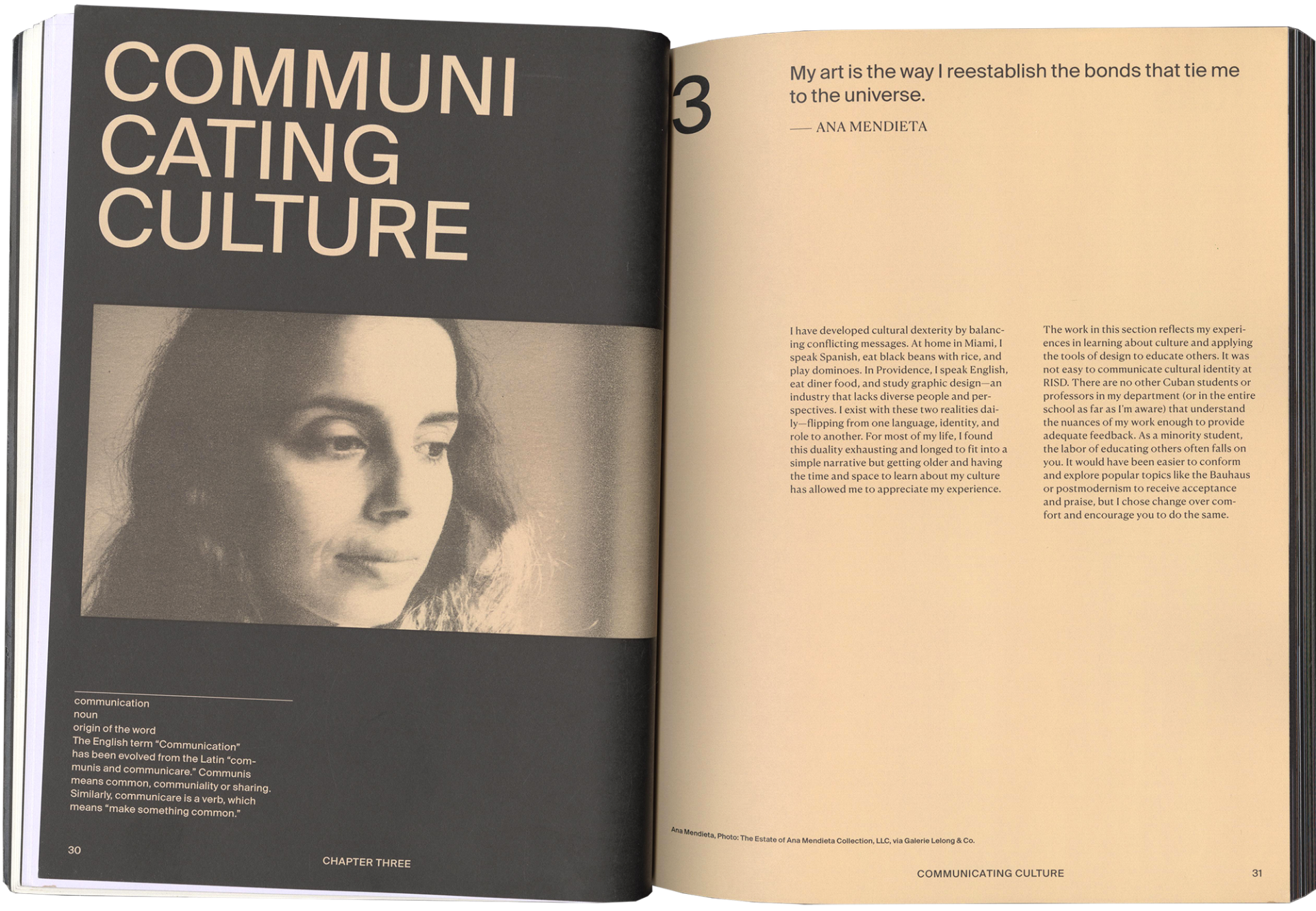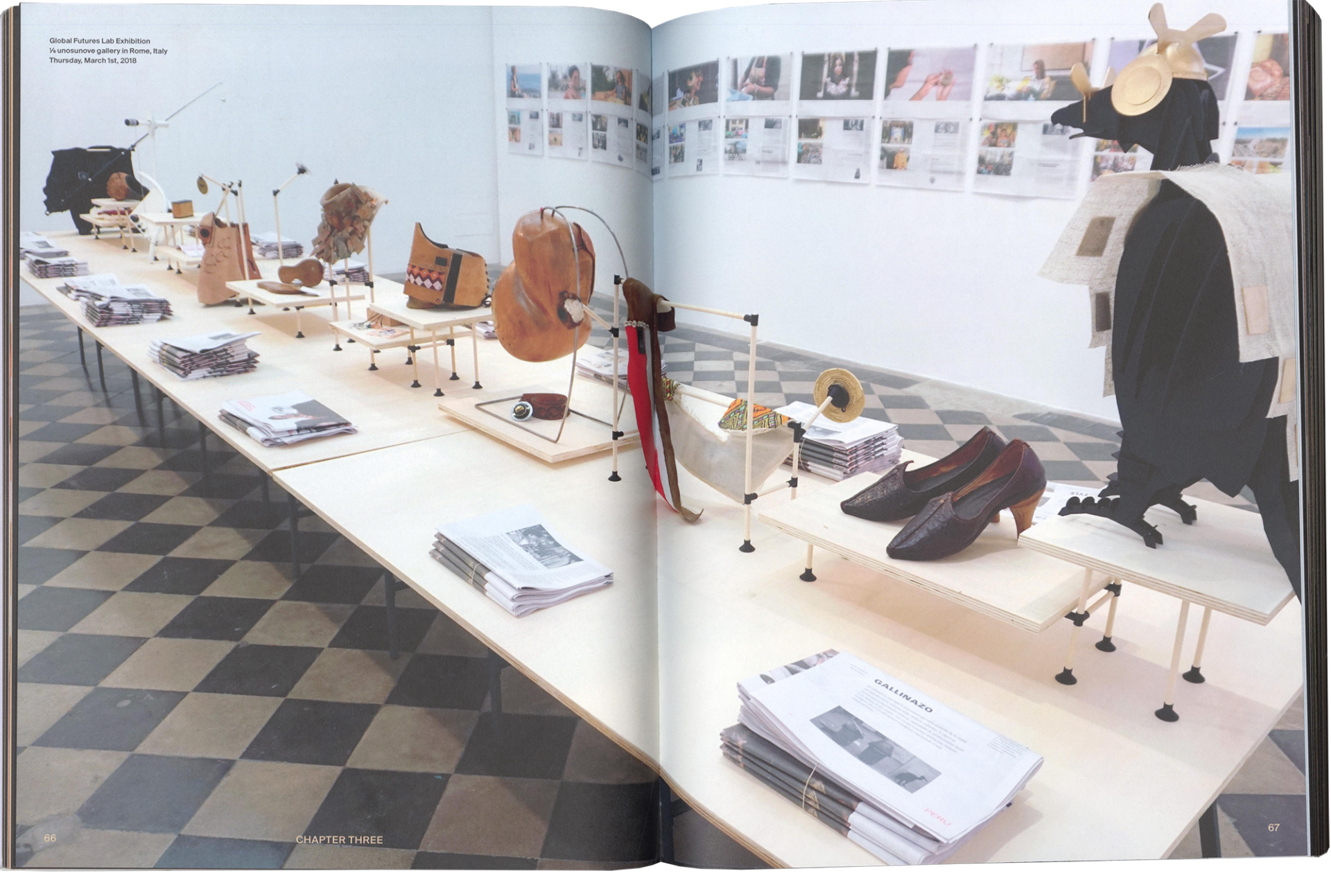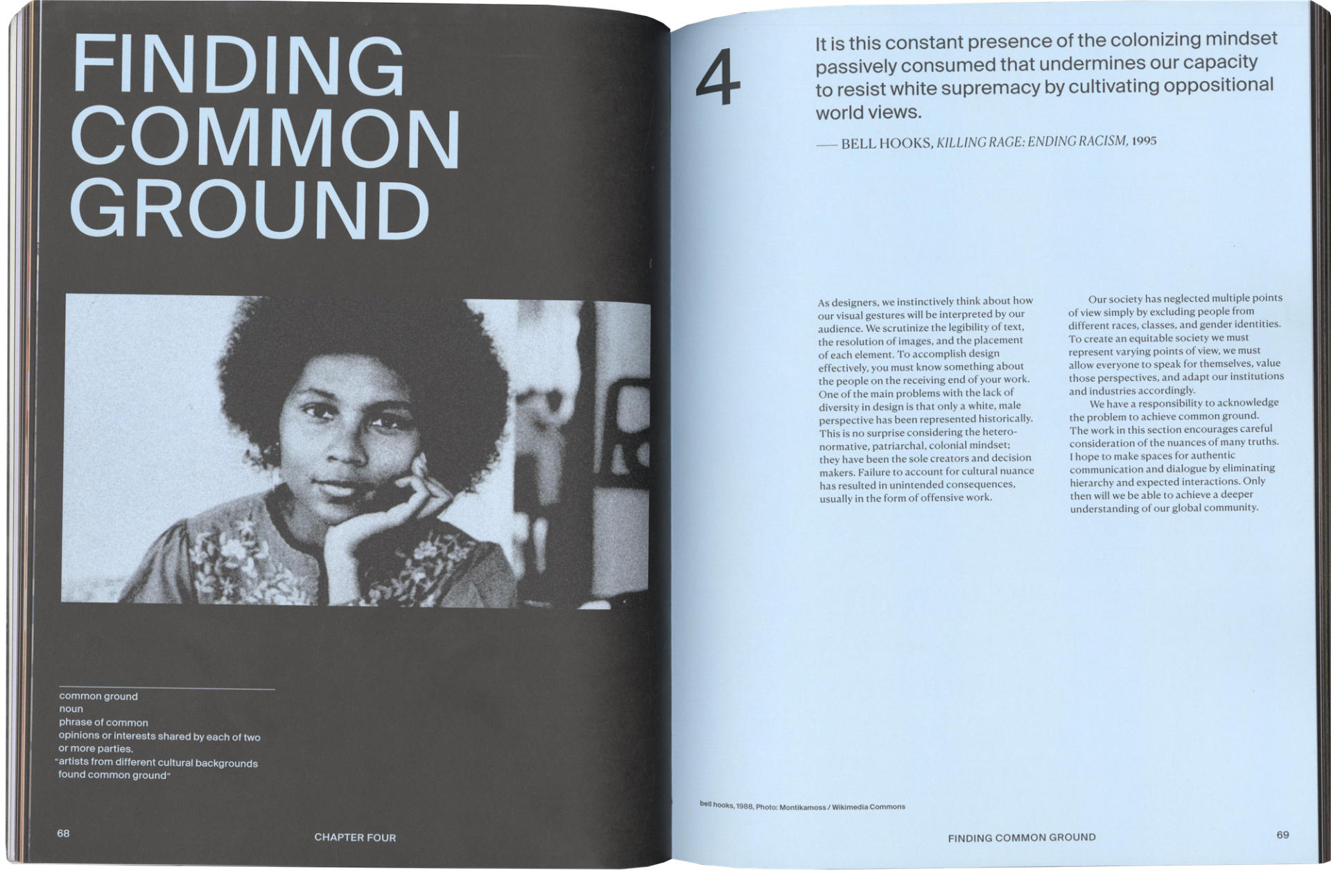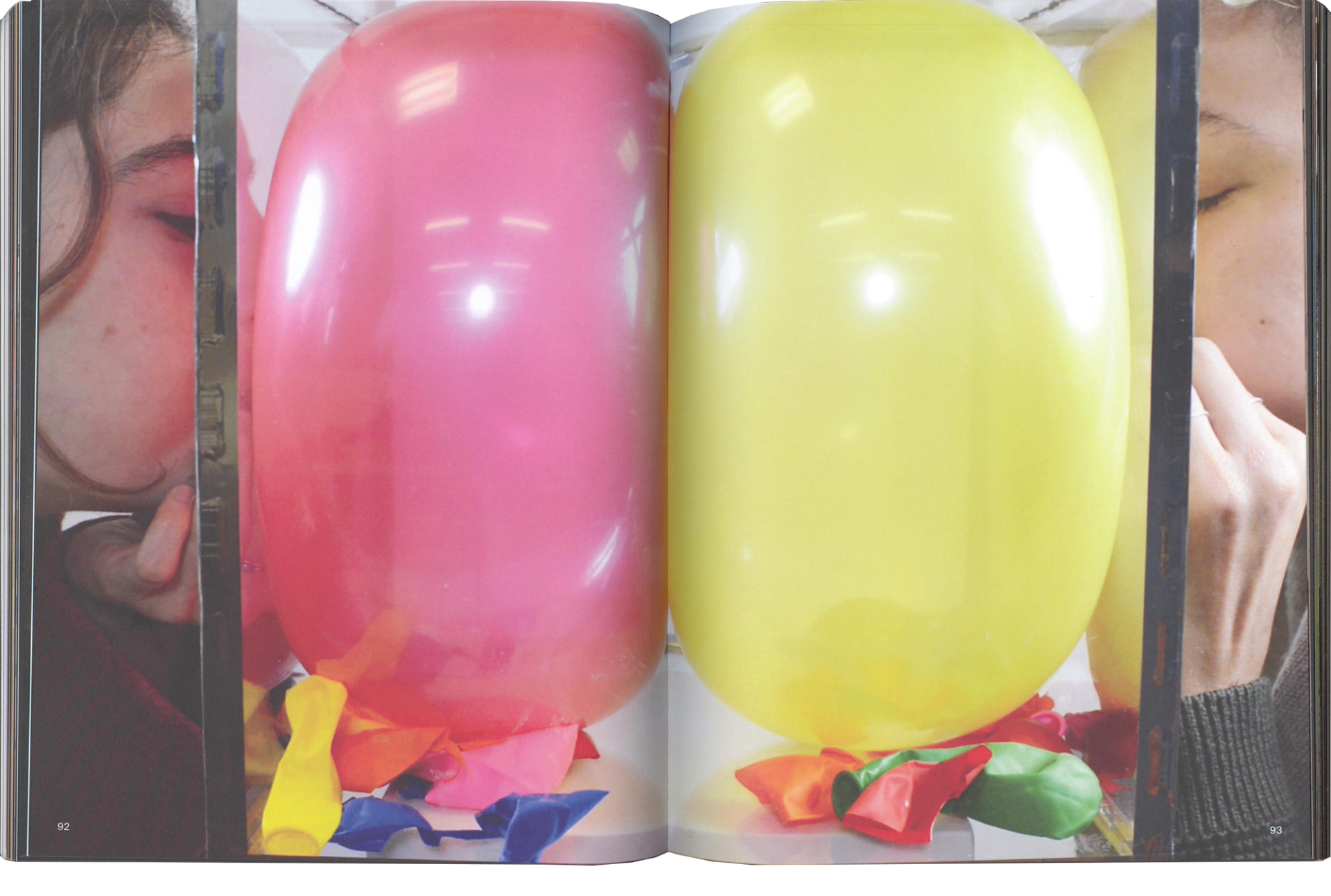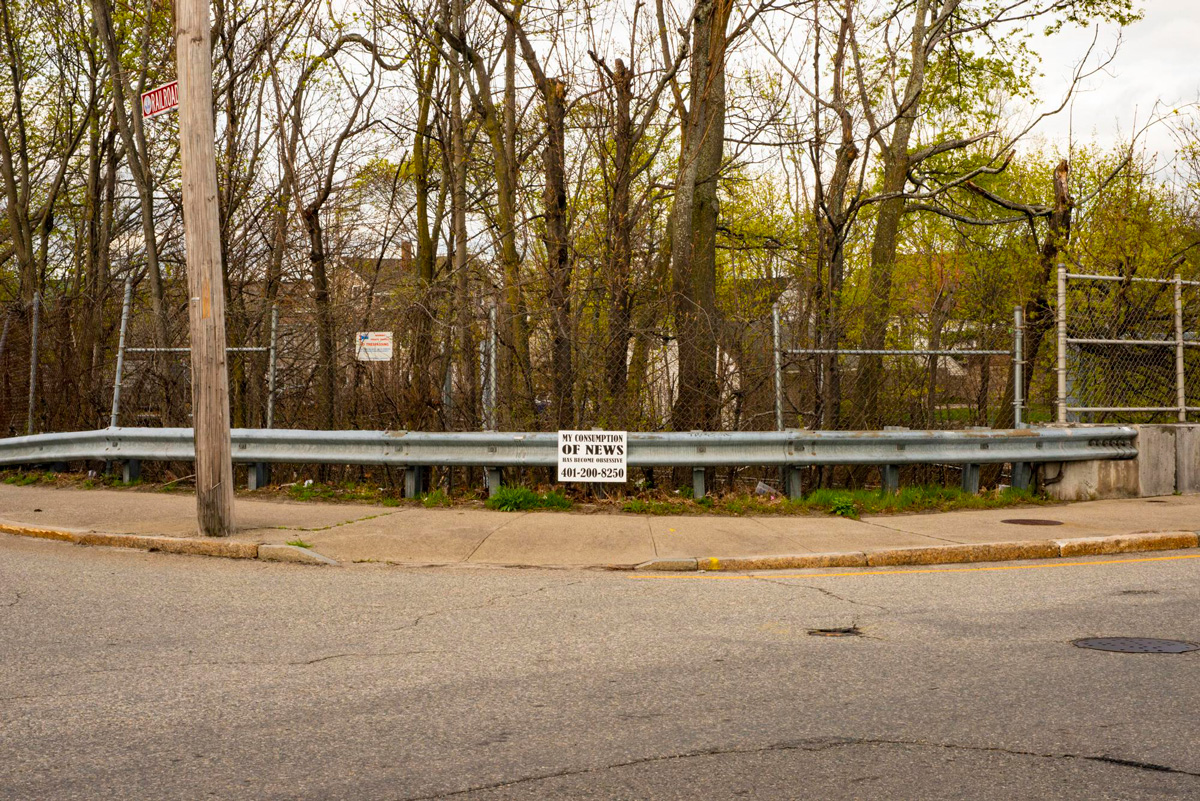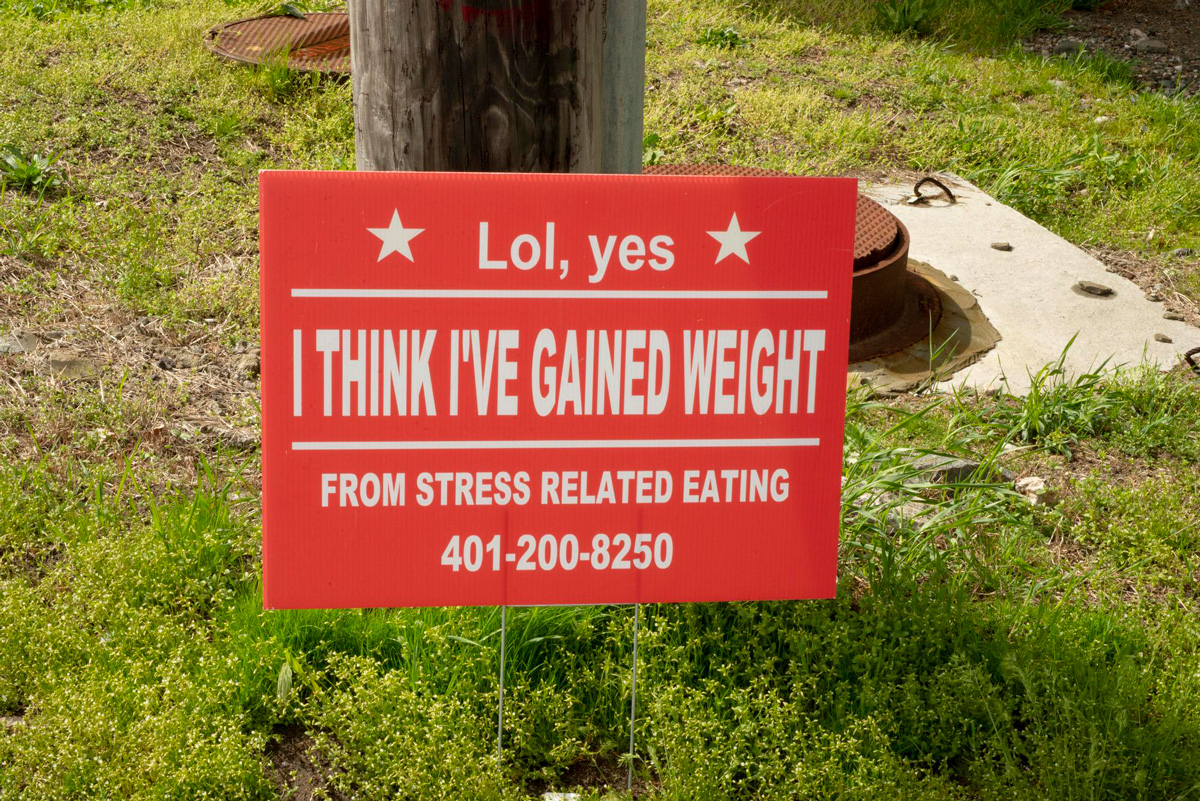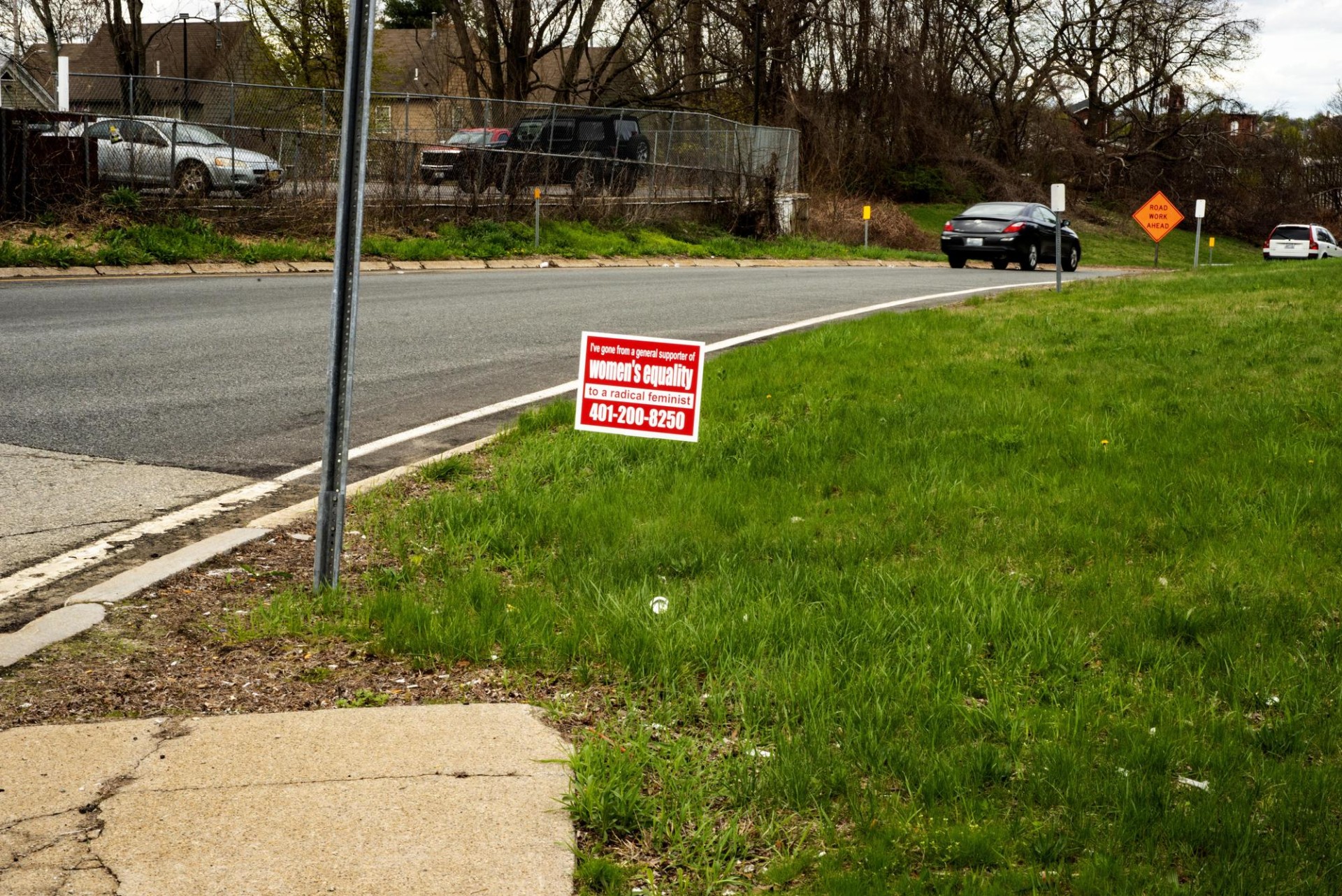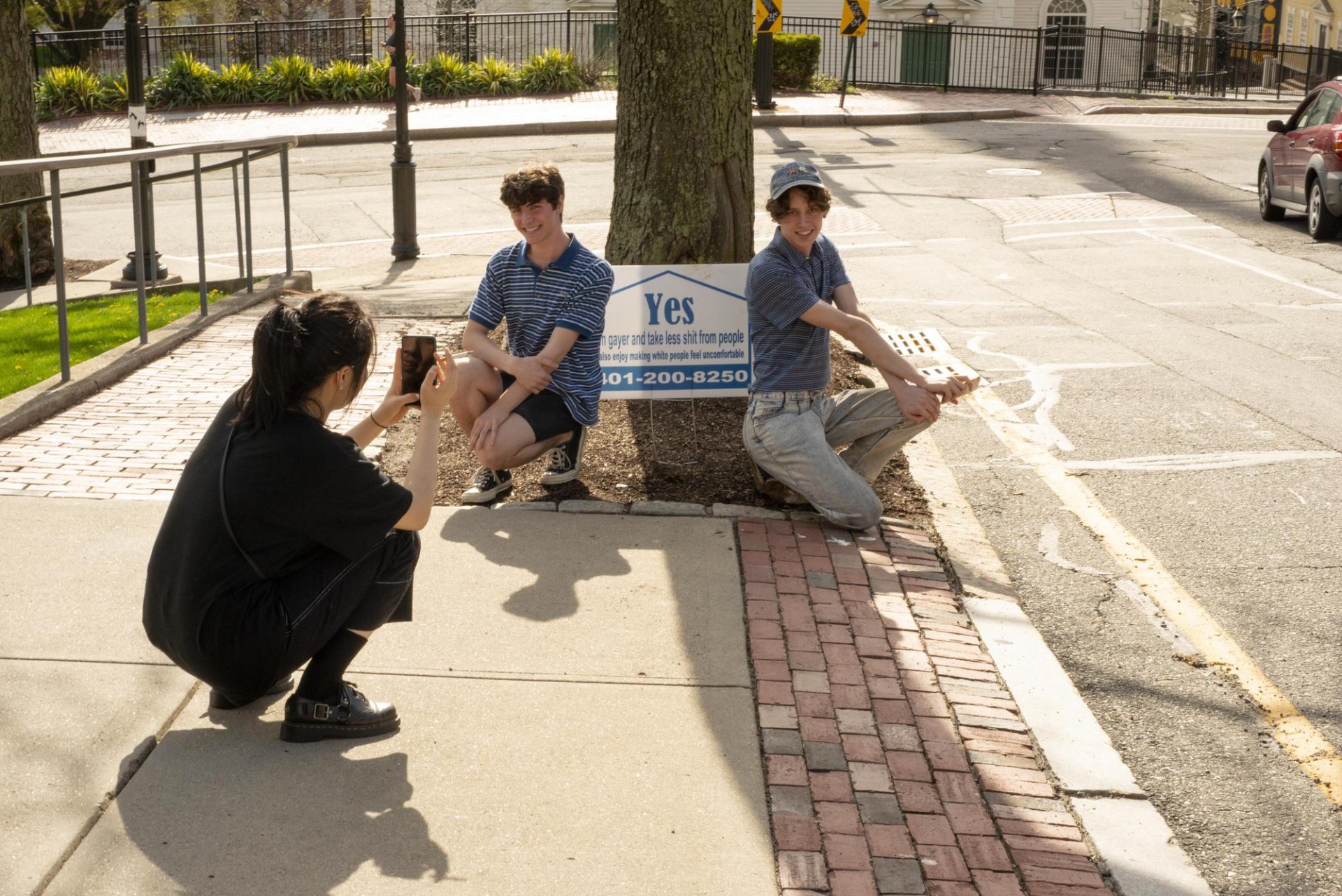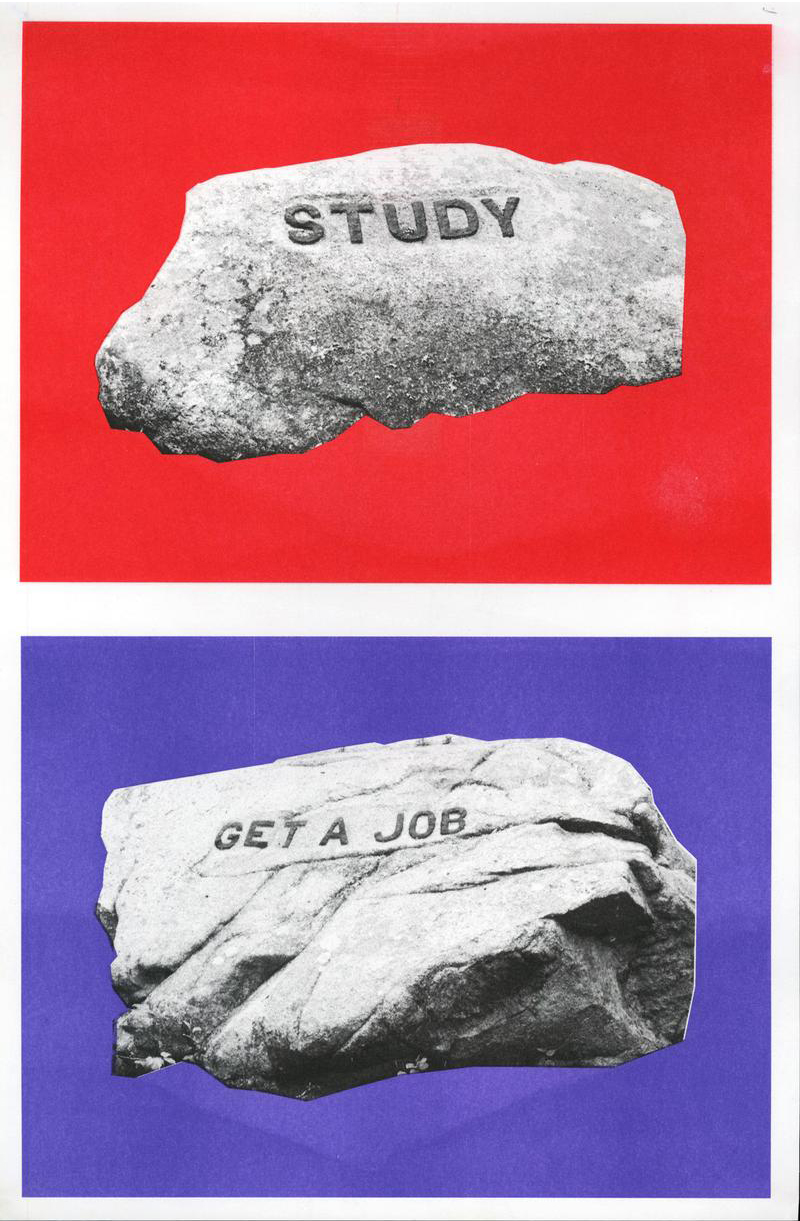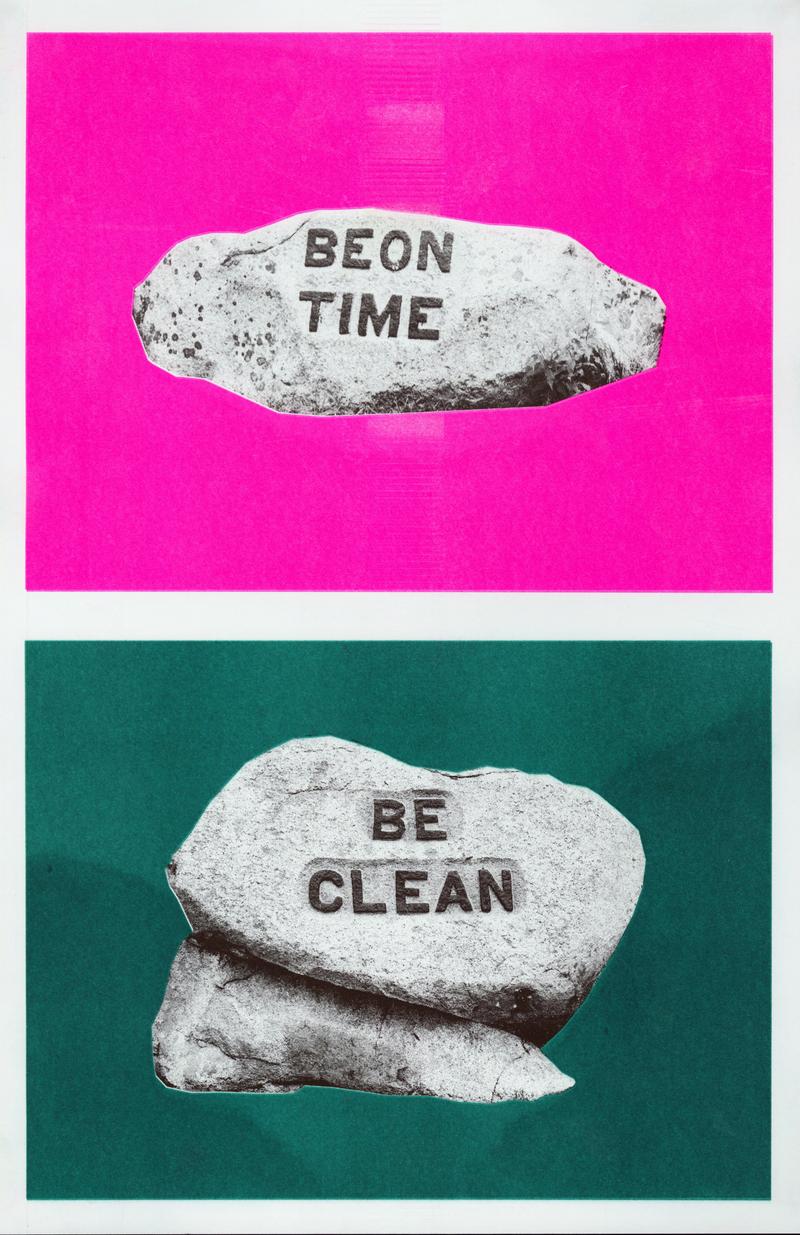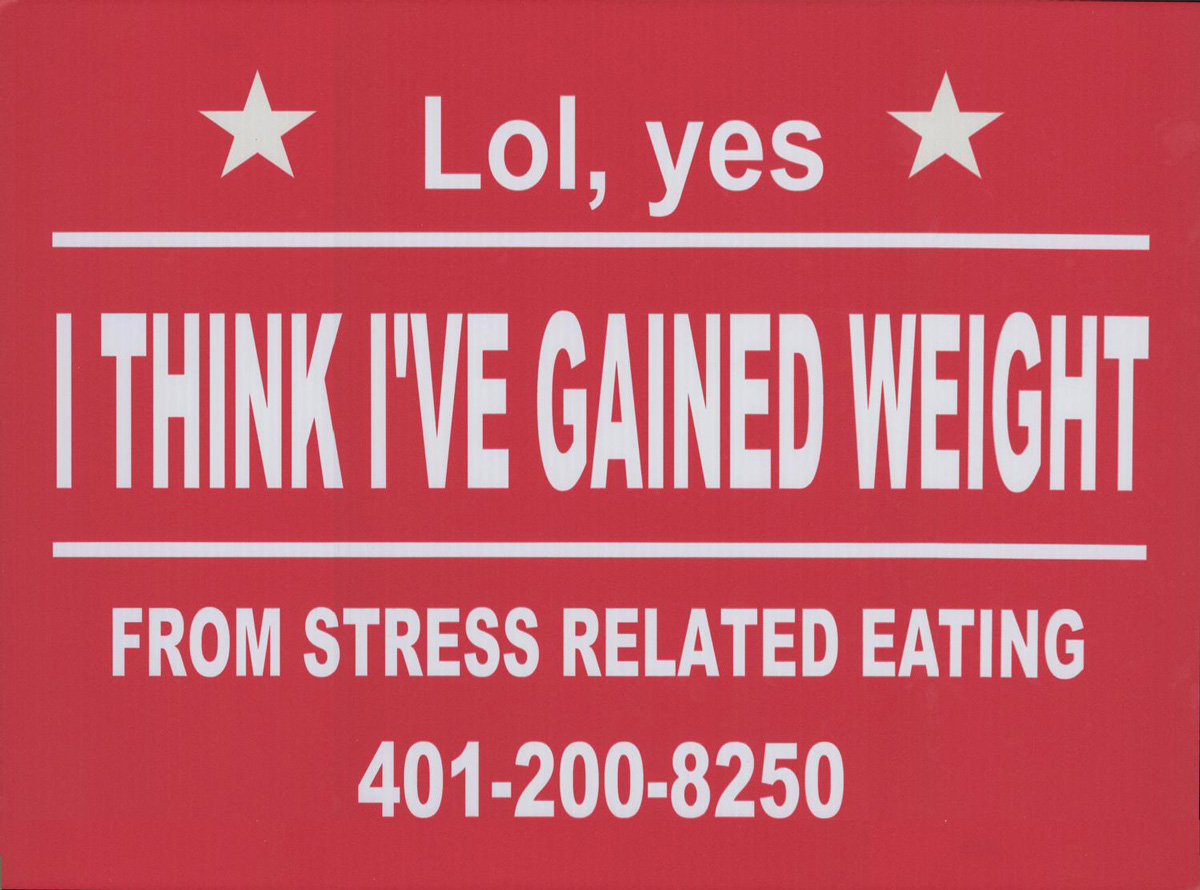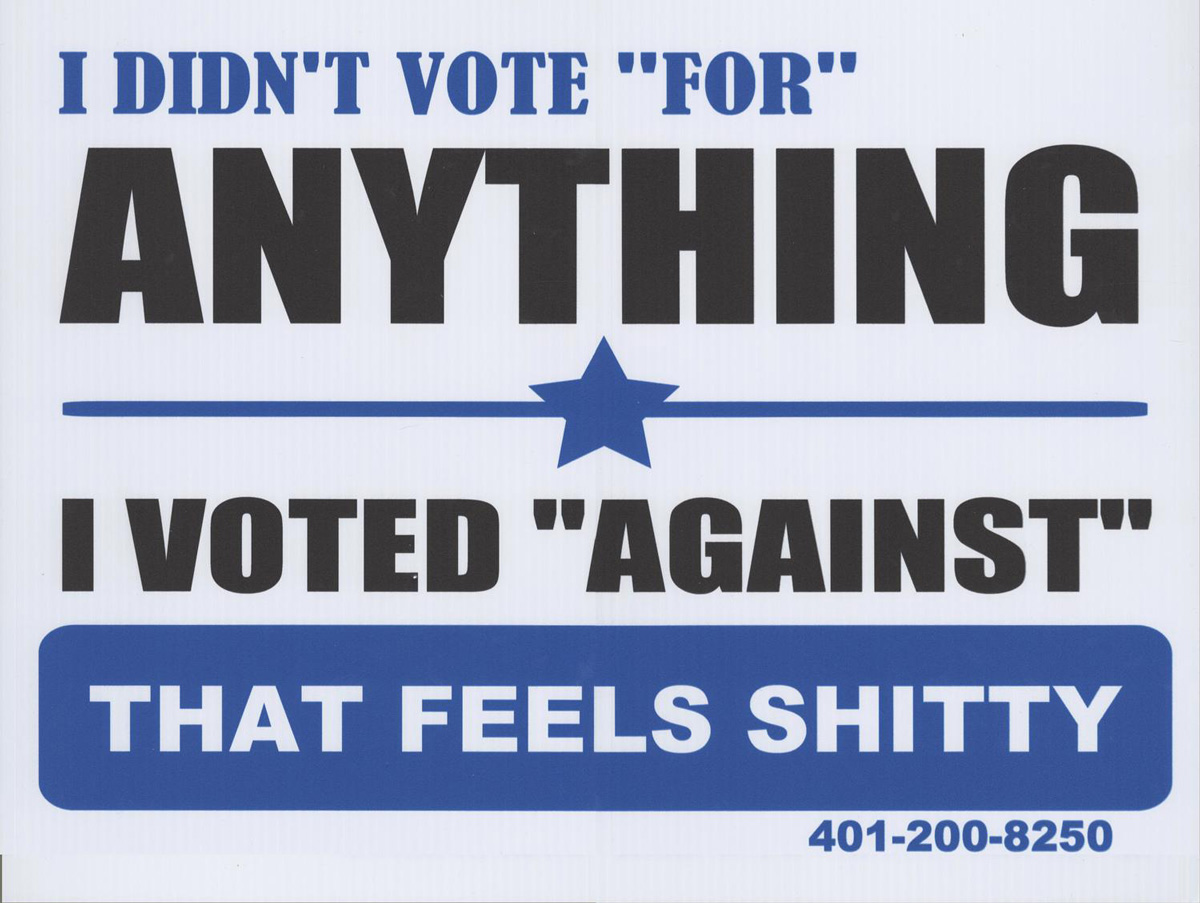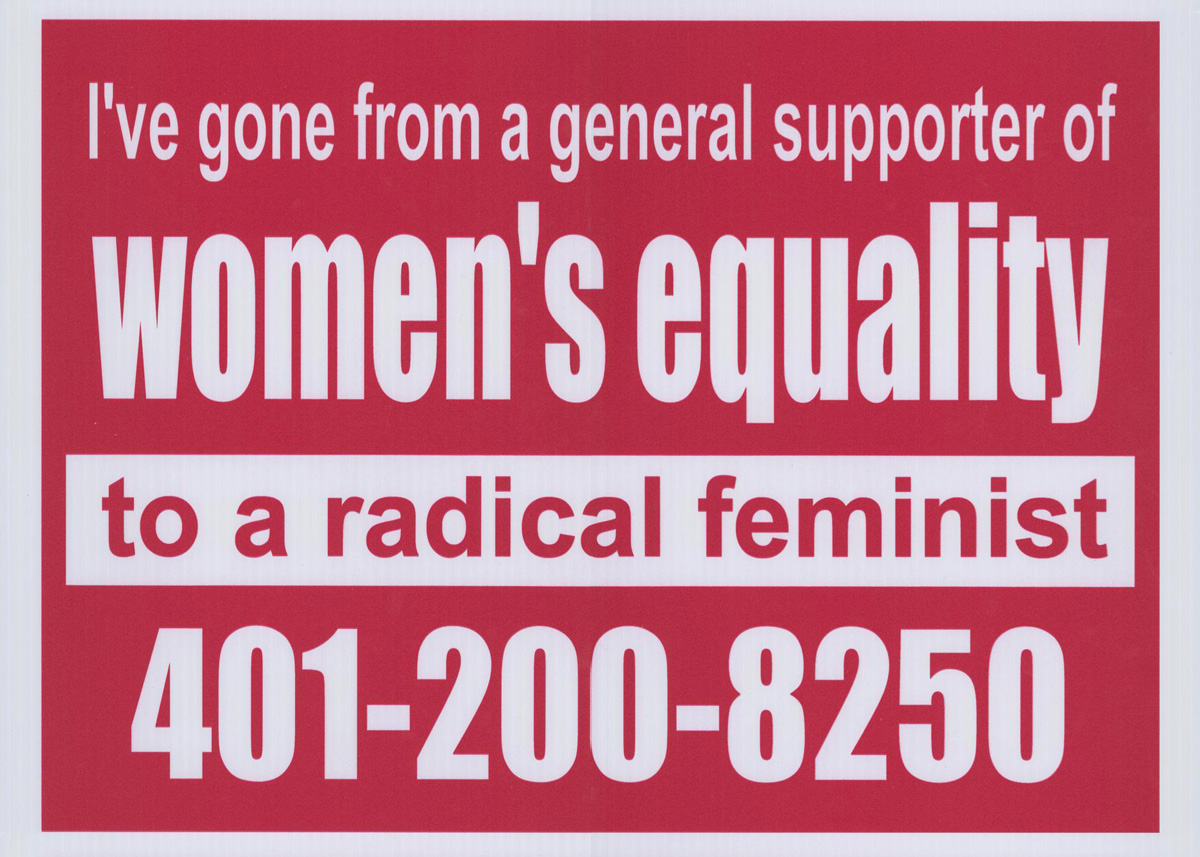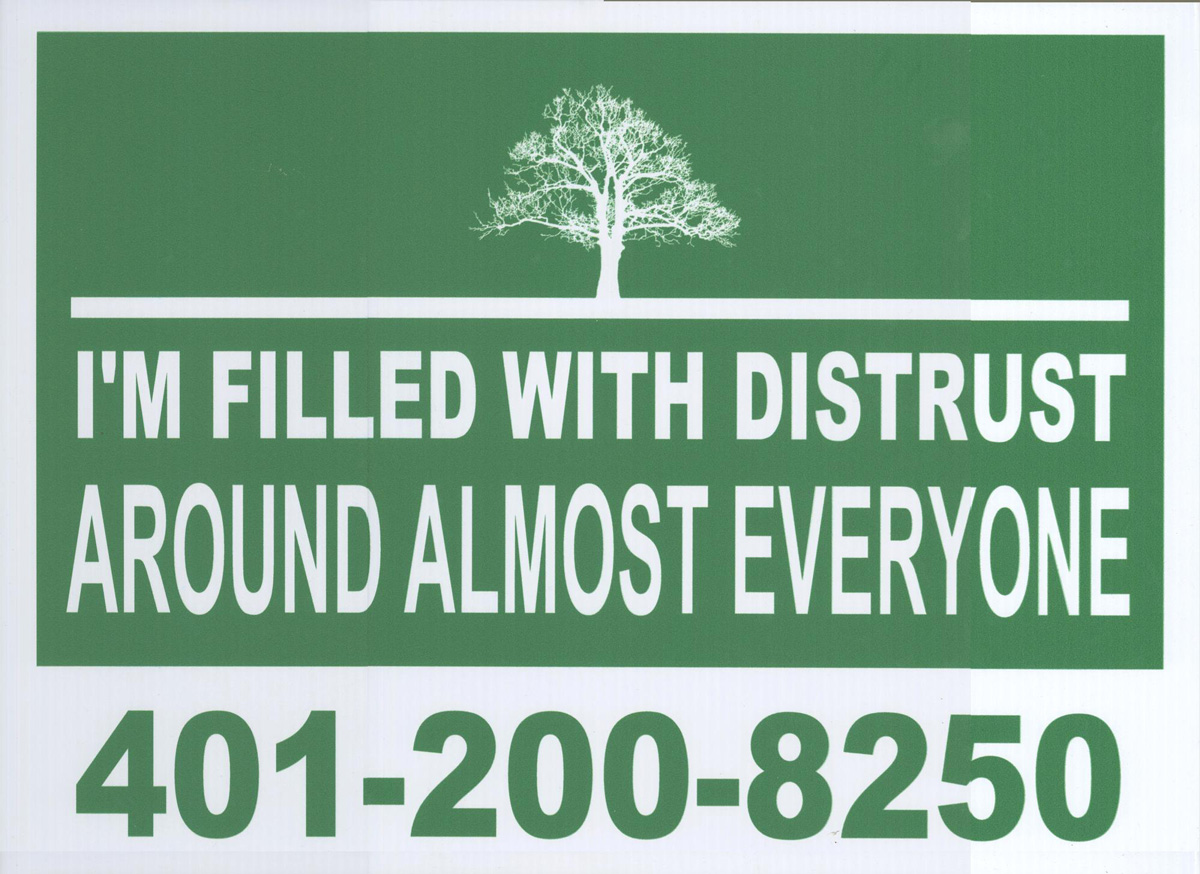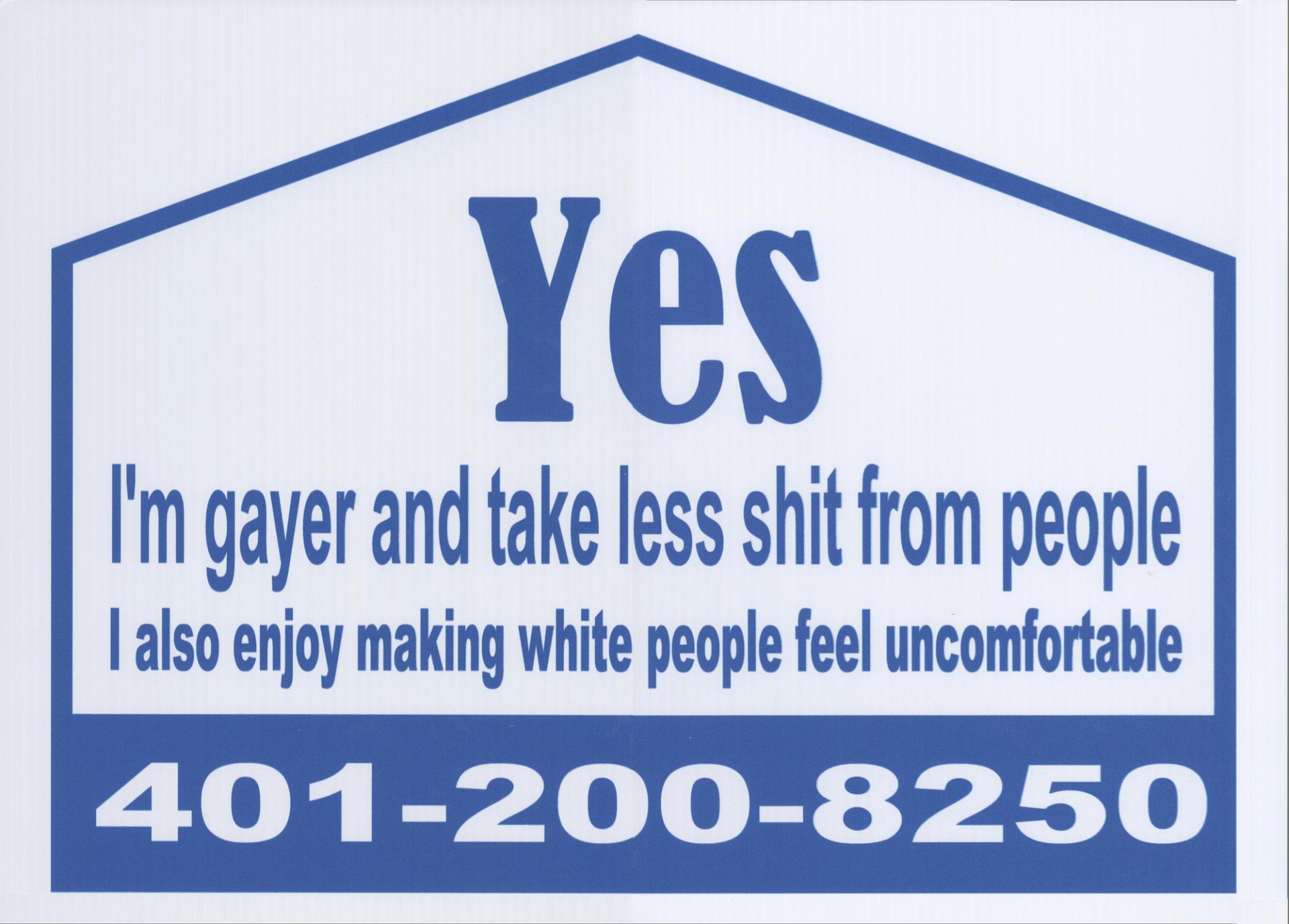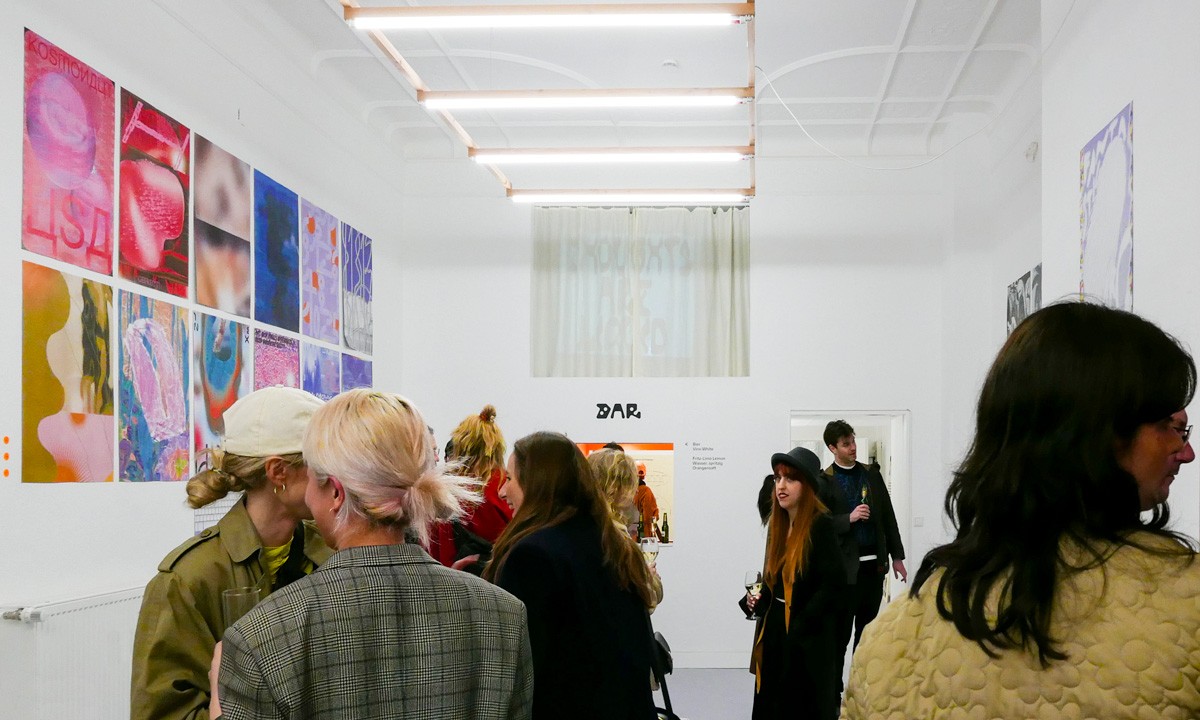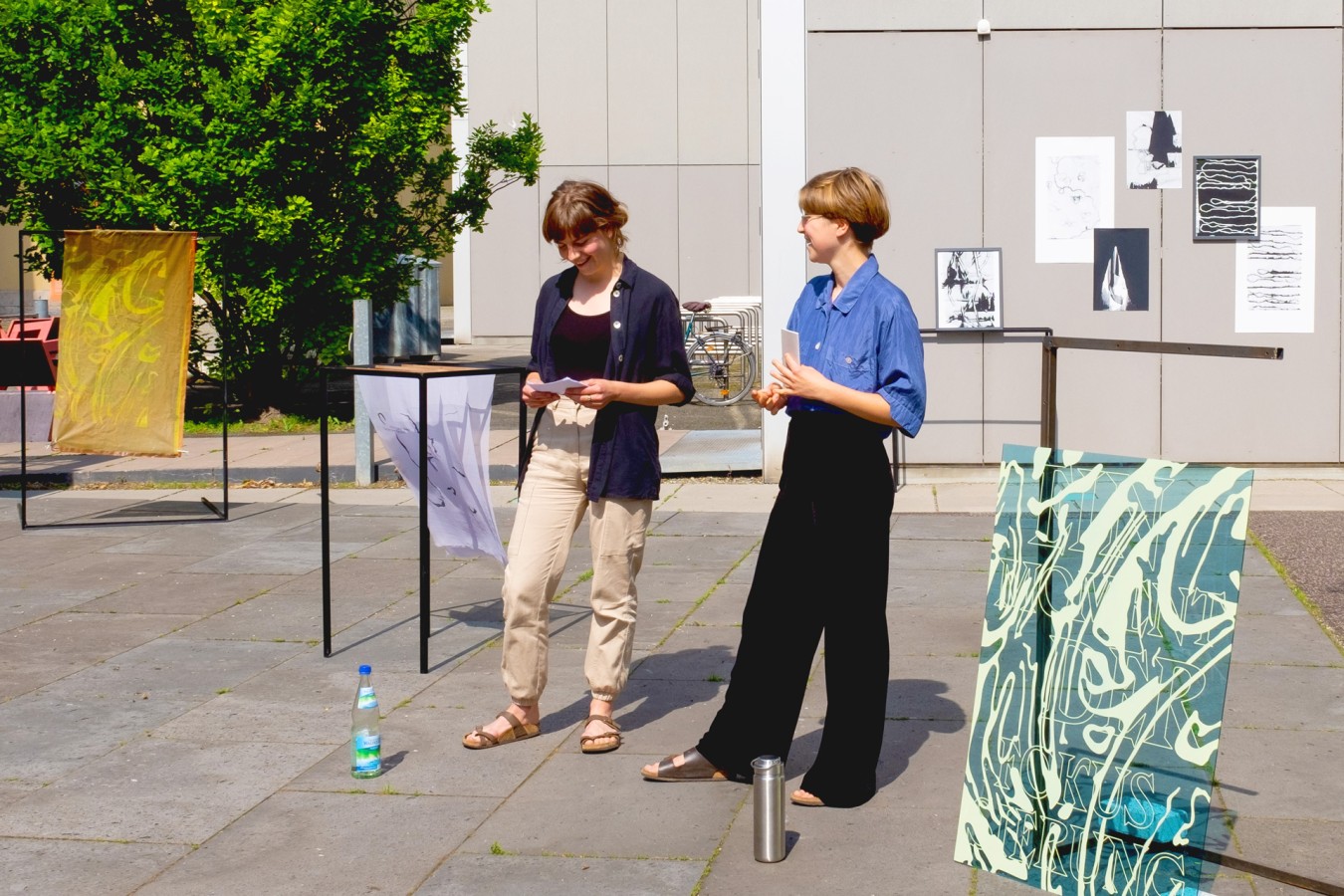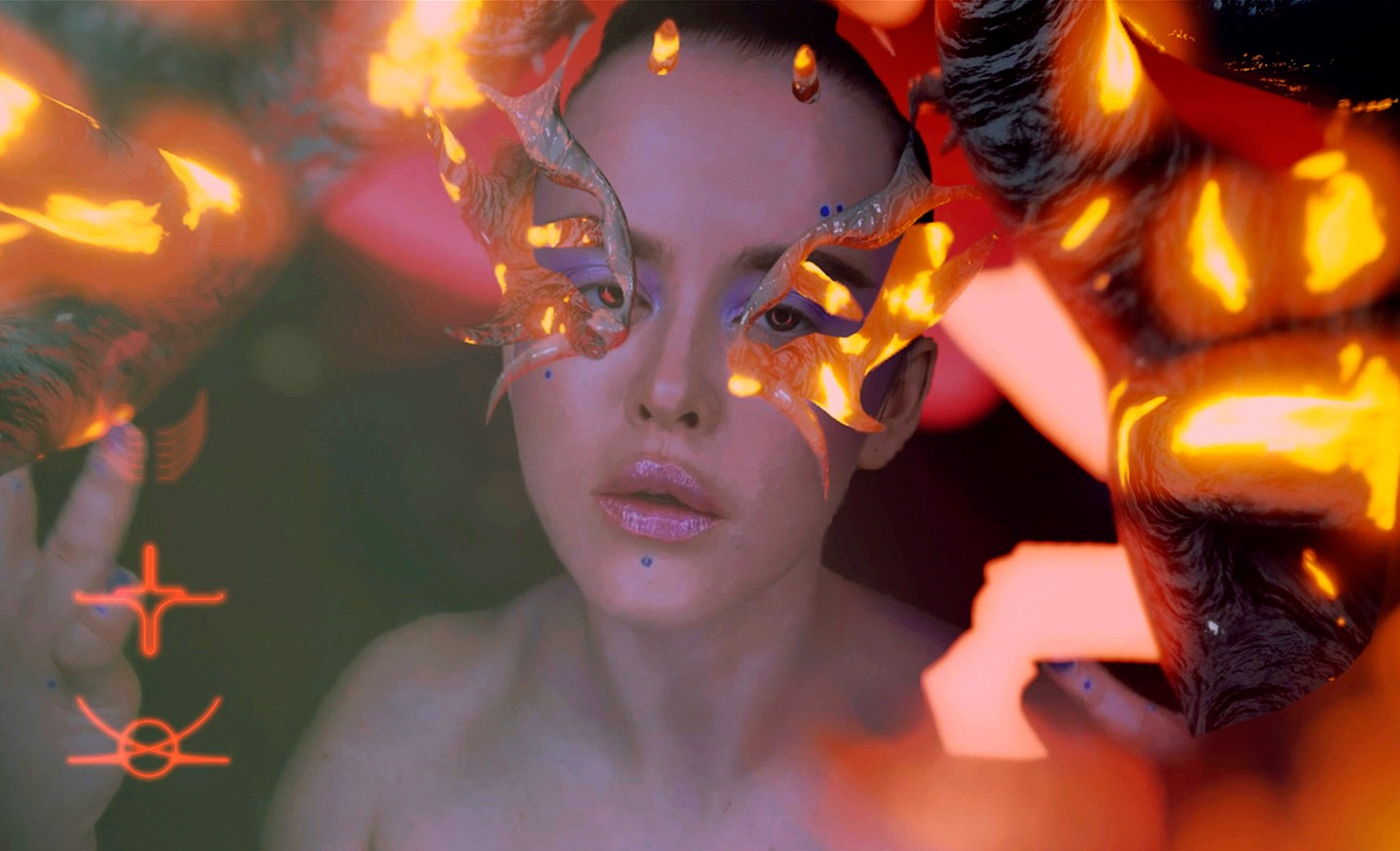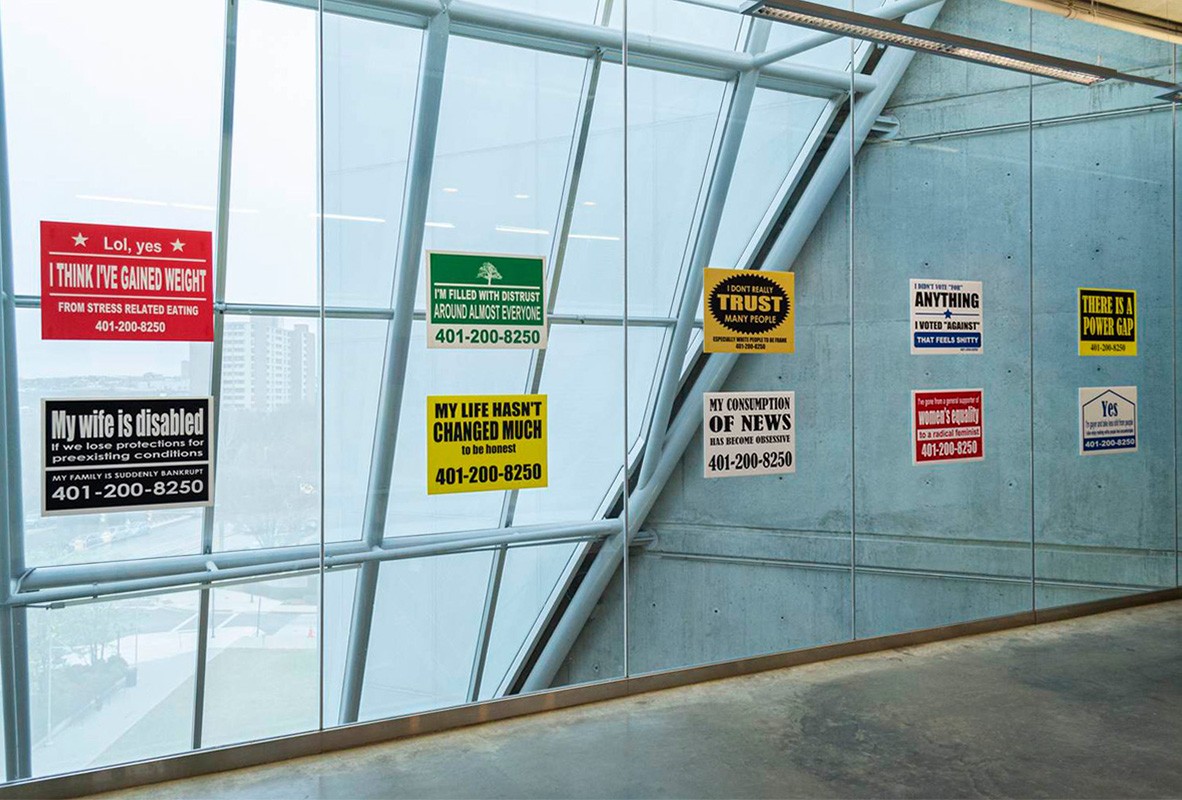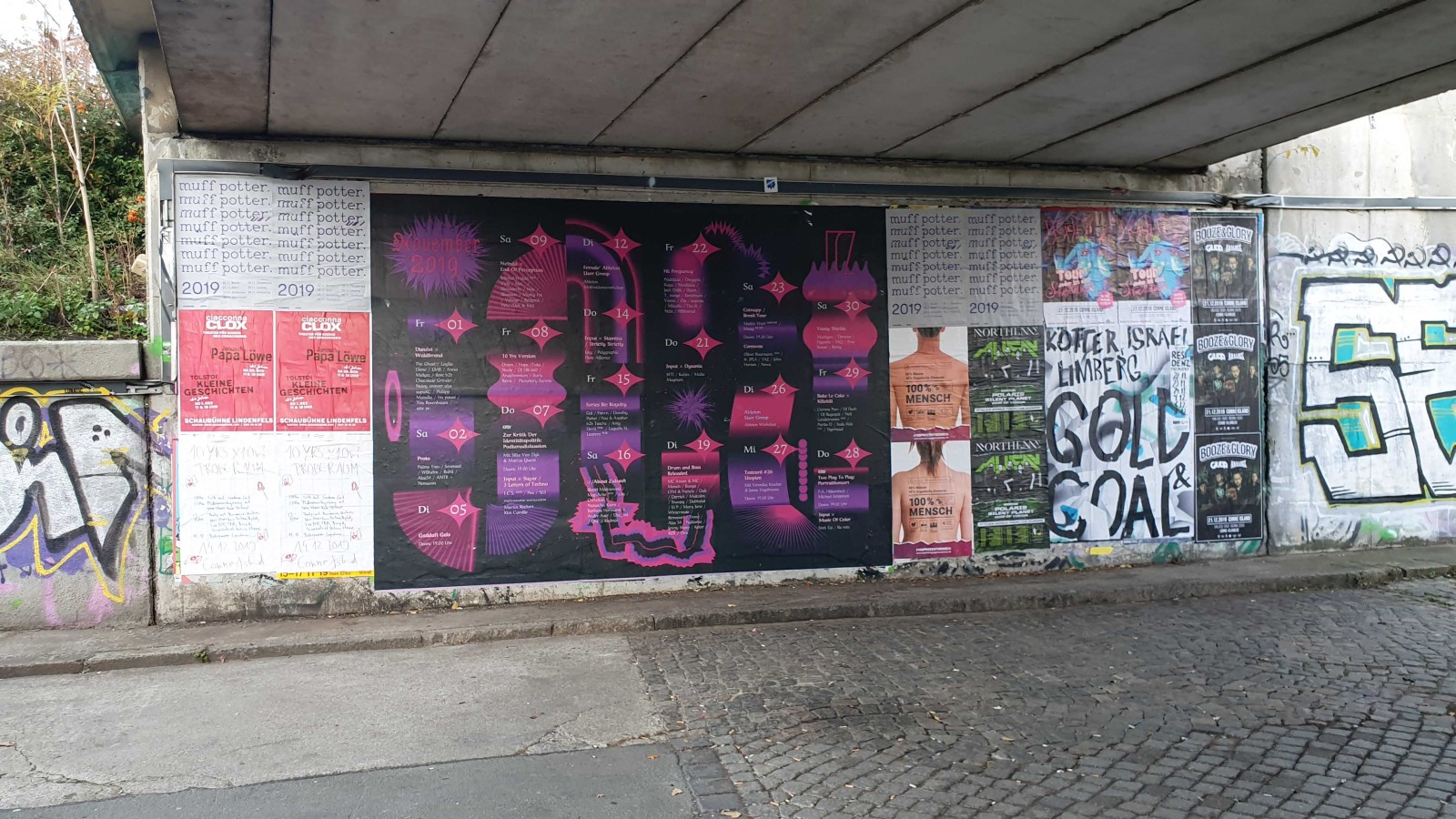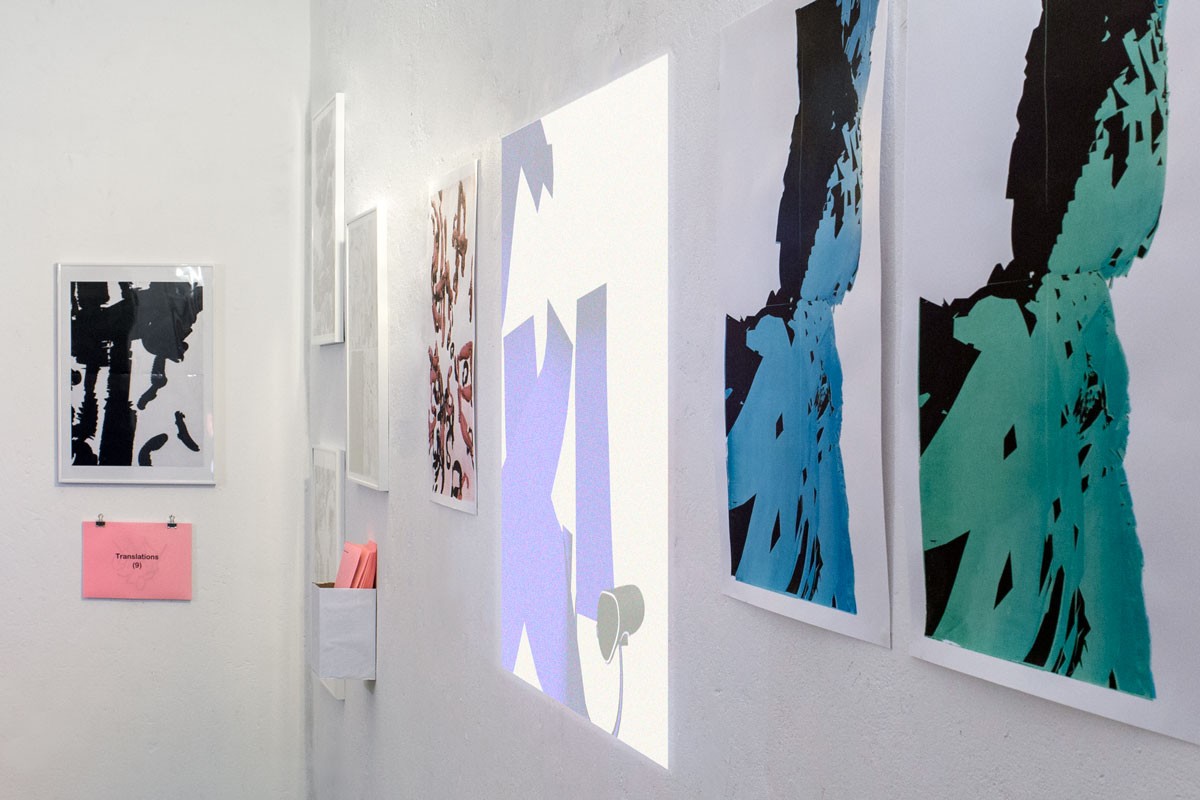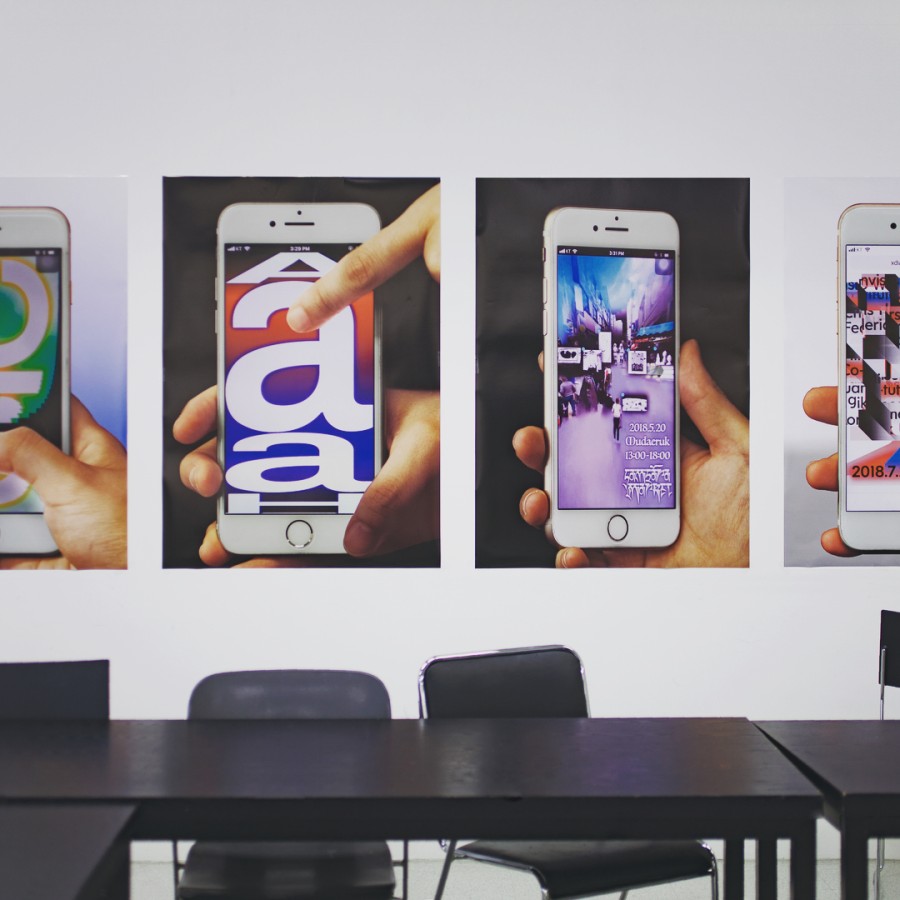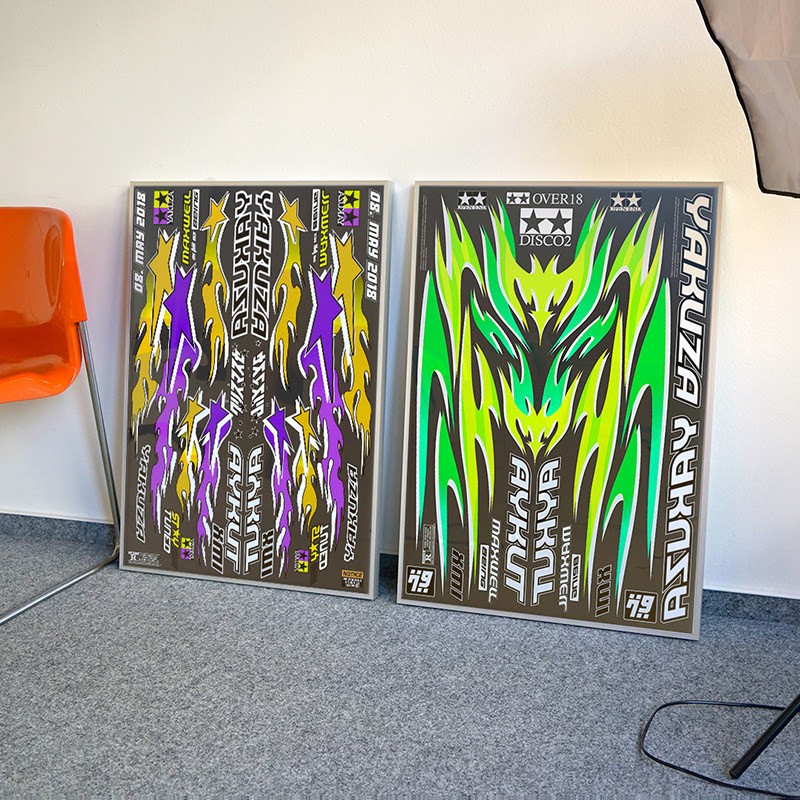What did you feel was missing when you worked in advertising design, before you pivoted towards a more human-centered approach?
[EL] When I first graduated, I just took whatever jobs were available, which led me into marketing and advertising without much intention. I did learn a lot, but after a while, I started realizing that there wasn’t a lot of creative freedom working on big brands. I almost felt like my skills started to atrophy a little bit—until I met people that were working in human-centered design. At gravitytank I was valued for more than just my ability to use the tools. I was brought into the research process and was encouraged to have ideas and present solutions. This way, I discovered that my potential had not been realized by the companies I had been working for.
What is at the center of your approach?
[EL] What interests me most about design, is how we communicate. How can we use the things around us to create interactions? For me it’s not about mastering any of the tools—I’m interested in using them as a means to an end and the end is always human connection. There is so much interaction happening via the internet and actually less interaction happening physically.
I suspect that part of it is cultural, being Cuban-American. As Cubans, our interactions with each other are very social, care-free and personal. It’s an affectionate, warm culture and I’m trying to bring that into design as much as possible. While I was studying, I came across a movement within Cuban cinema called cinema imperfecta. It is the idea of filming life as is. They’re really powerful, yet not perfect. There’s beauty and warmth in things that are raw and unedited. As a Cuban, the Western idea of design and everything that comes with that—the coldness, the rigidness, the distance—feel strange to me. Why aren’t we talking more, why aren’t we using design to be a little bit more intimate, more personal?
Such as your work Signs of the Times …
[EL] After the 2016 U.S. election, I talked to a lot of people who made dramatic shifts in their lives because if this event, as did I. I wanted to investigate this, so I went down my list of contacts and messaged people to ask how their lives have changed. I received a variety of interesting responses and asked myself: How am I going to design this? Am I going to make a poster and typeset it beautifully? But then, does it communicate the message or only the aesthetics? I knew I wanted these intimate thoughts displayed publicly. I grew up in Miami, Florida, where there are a lot of signs on the side of the road. In a way they are posters, but they’re not in the typical format at all. They don’t appeal to the rules of design that were taught and yet they are effective at communicating. I just went to the website signsonthecheap.com and played around. Here I was: stretching type, using the templates they provided and ordering them.
»Does design have to be labored over to be effective in communicating?«
With regard to the progressive democratization and automation of tools, what will the roles of designers be?
[EL] What we can do as designers, that technology can’t replace, is to be humane. We can use design to connect humans and share human experiences. Any time design can facilitate interactions between people, that allow us to express who we are, that is what excites me about the potential future of design. The signs, for instance, communicate a humane message. For me, not only does the work challenge the canon of aesthetics, but it also questions the labor. Does design have to be labored over to be effective in communicating? I remember the first time I made a print with the Risograph printer! I had spent most of graduate school struggling to learn how to code, Cinema 4D, After Effects, and Premiere and now here’s this machine that, whatever you put in, gives you something instantly beautiful. I lean on the qualities of this machine and the idea of its inherent forgiveness. Everything doesn’t have to be difficult, there are things we can learn quickly and that require very little effort to be very effective!
Given the tools we have—how can we use them to make things better, or rather, not make things worse?
[EL] I encourage my students to use their tools aware of the people who don’t have access or don’t know how to use them, to share the things that are not normally said with these tools. How many books on the Bauhaus are there already? Can we talk about something else? As designers, we can use the tools to share more interesting, more varied stories, as you are doing with your platform. We can share our own narratives and experiences, so that other people can start building a more varied, complex narrative upon what they read. Everything is so instant these days: we’re just reading headlines, but we’re not really getting into the weeds about stuff. That’s where we need to be, because in that complexity and in that richness is where we find our humanity and can start to comprehend other experiences. Questioning values takes the nuance of knowing different ways of living and being exposed to all these different. That’s what I’m aiming at with my work, this Yes, and attitude. Let’s go into the complex and intricate.
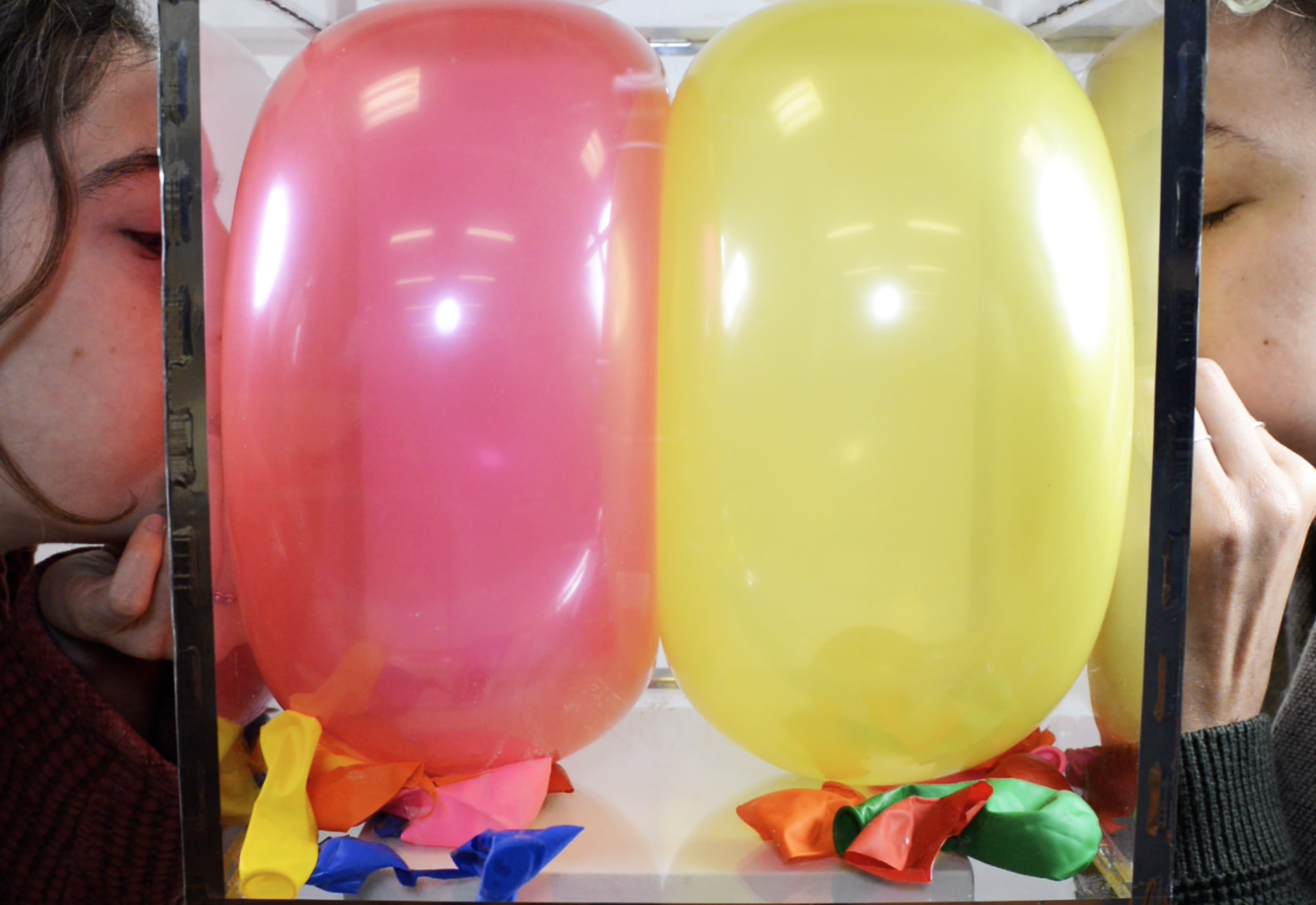
Hot Air, in collaboration with Adam Chuong, is an interactive sculpture that serves as a metaphor for the struggle for power and dominance within a conversation.
Is university a place to foster this complexity?
[EL] I would like to encourage more people from marginalized communities to go to graduate school, so that they can become instructors and change what university looks like. Form your own perspective, form pedagogy around that, and then go and teach people. University is not usually seen as a place where some of this change can happen, but I disagree. Students hold a lot of power, maybe more than faculty members. With what schools are charging, you better be getting what you want! If that also means, that you have to educate your instructors about their lack of cultural awareness, that is very frustrating. But if you don’t do it, things don’t change.
How much can we actually change existing structures?
[EL] That’s exactly where I’m at. I’m teaching at a very expensive art school, where they’re fighting for diversity, but the problem is the cost … What I feel I can do is: empower my students to say no to things they don’t want to do, to think about where they want to work in the first place, and to be selective. The reality is, when you’re just starting out, you might have to take what you can get and let that guide you. However, if you find yourself in a job or situation that is not great, especially as women, you don’t just have to sit there and take it ·


